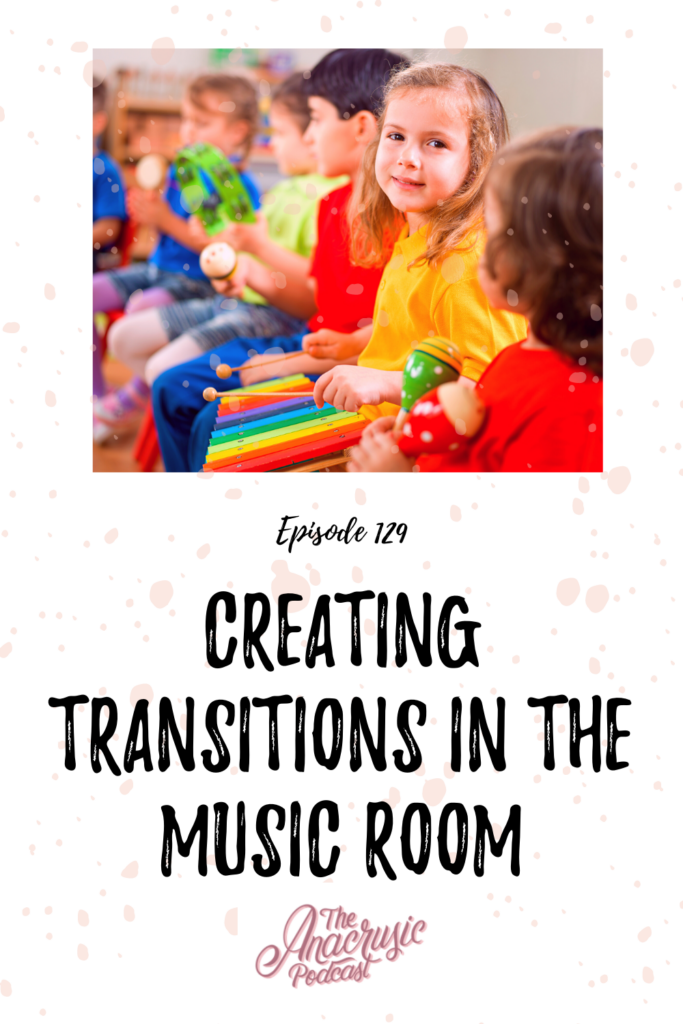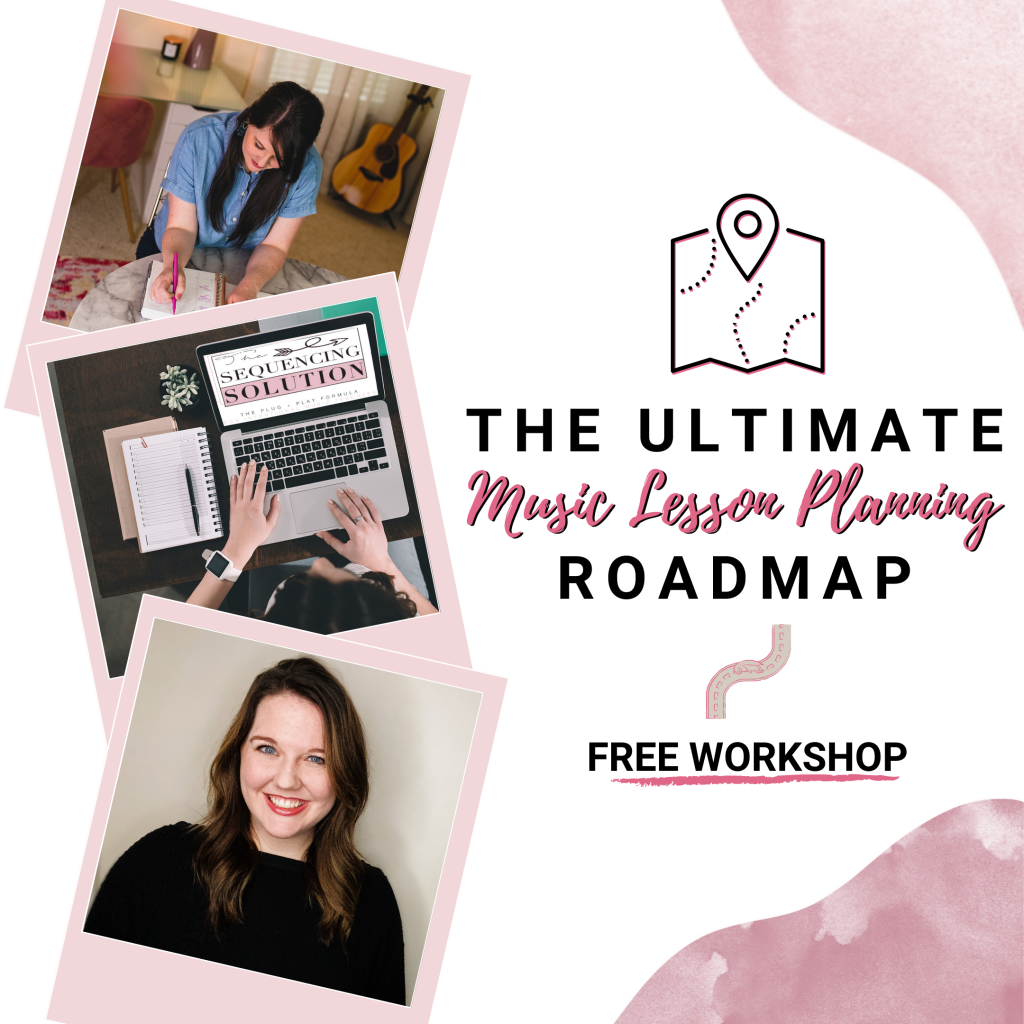
The goal of the transition is to keep our students engaged while also connecting one activity to the next in a meaningful way that is hopefully tied to a learning target in our music lesson.
Anne Mileski
We’ve already talked about the benefits to using transitions in your music classroom: how it keeps things flowing, provides opportunities for quick assessments, and genuinely just makes everything about your music classroom more intentional and purposeful. But what about the actual stuff, the actual things that you do to make transitions happen in your classroom?
There’s really three big categories of transitions that will help you get your foot in the door when it comes to making transitions happen in your music lesson plans. Today on the podcast, I’m sharing specific examples about how to start using these types of transitions in your classroom today.
Here’s a few things I share on today’s episode
(2) Why having a solid behavioral objective makes it so much easier to create transitions in your classroom
(3) How transitions truly are the secret sauce to everything in your lessons being tied back to your main purpose for that specific class at that specific time
SAVE YOUR SEAT!
If you’re ready to FINALLY streamline and simplify your lesson planning, this is the workshop for you! Choose the best time from the dropdown below (note the timezones!)
I Love spoiling music teachers! By signing up above, you’ll be subscribed to all my insider tips and tricks!!
